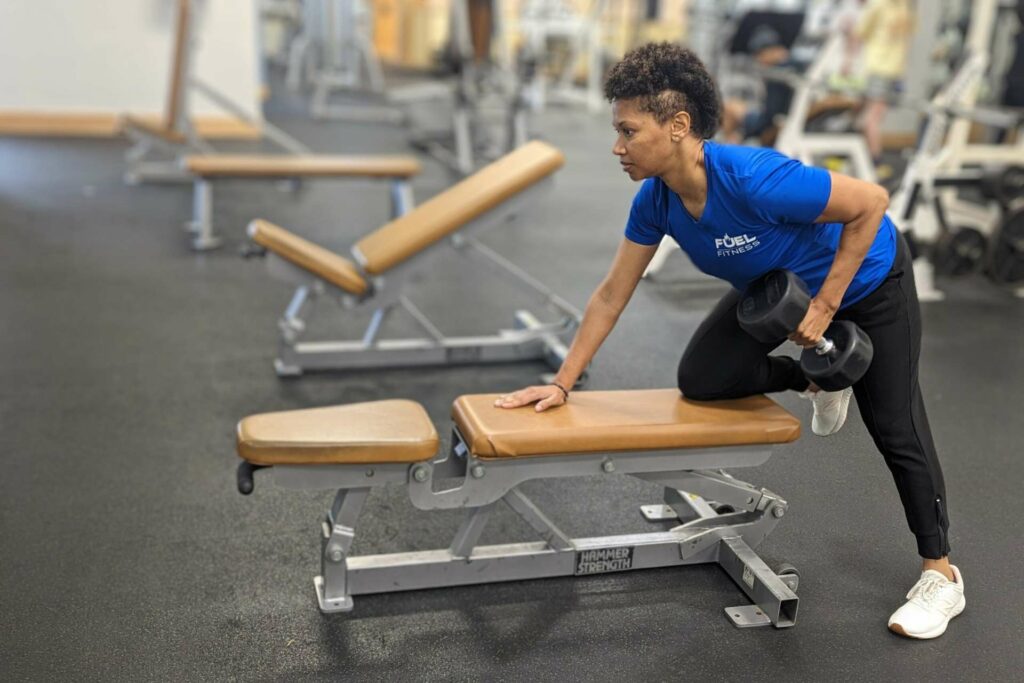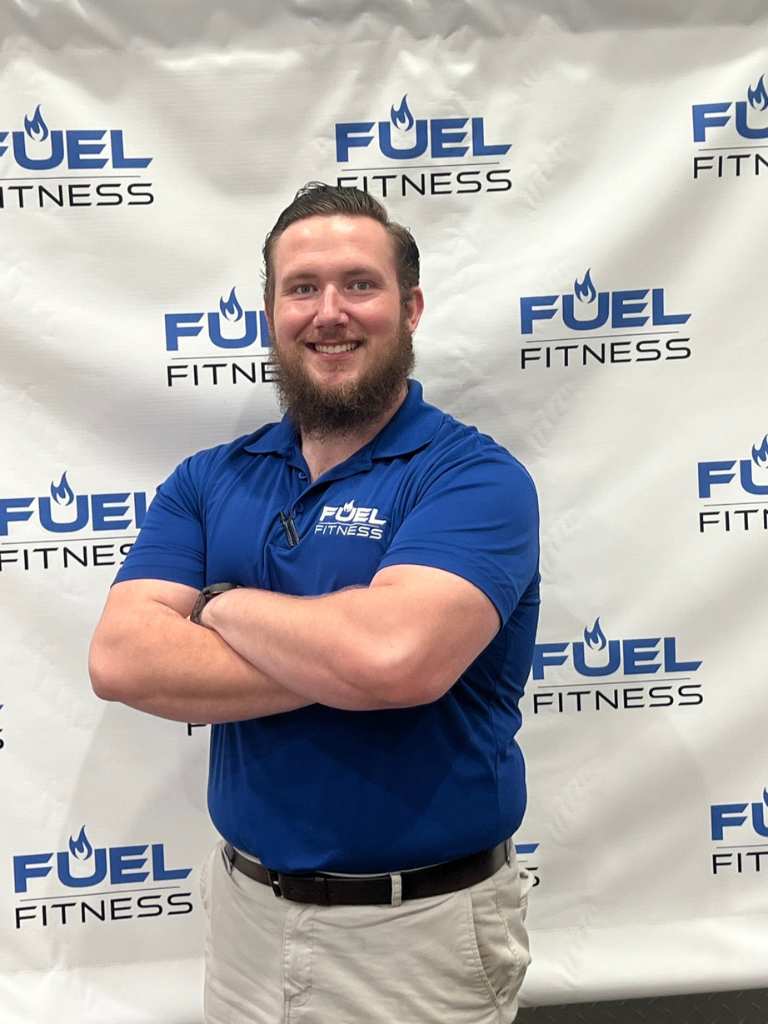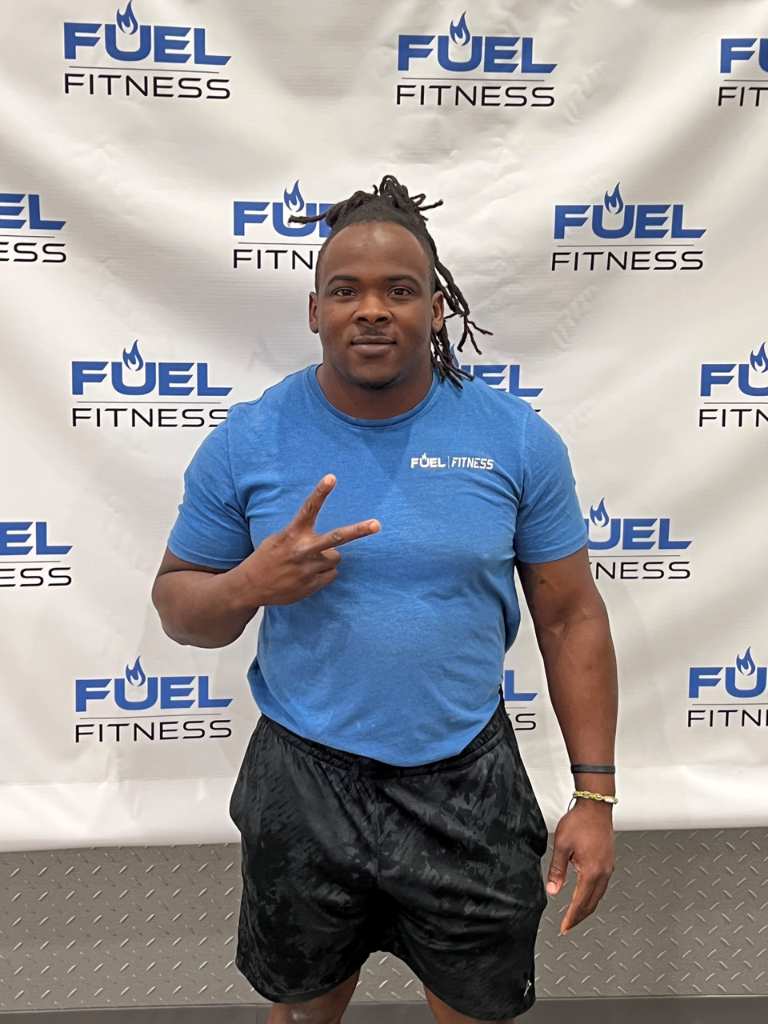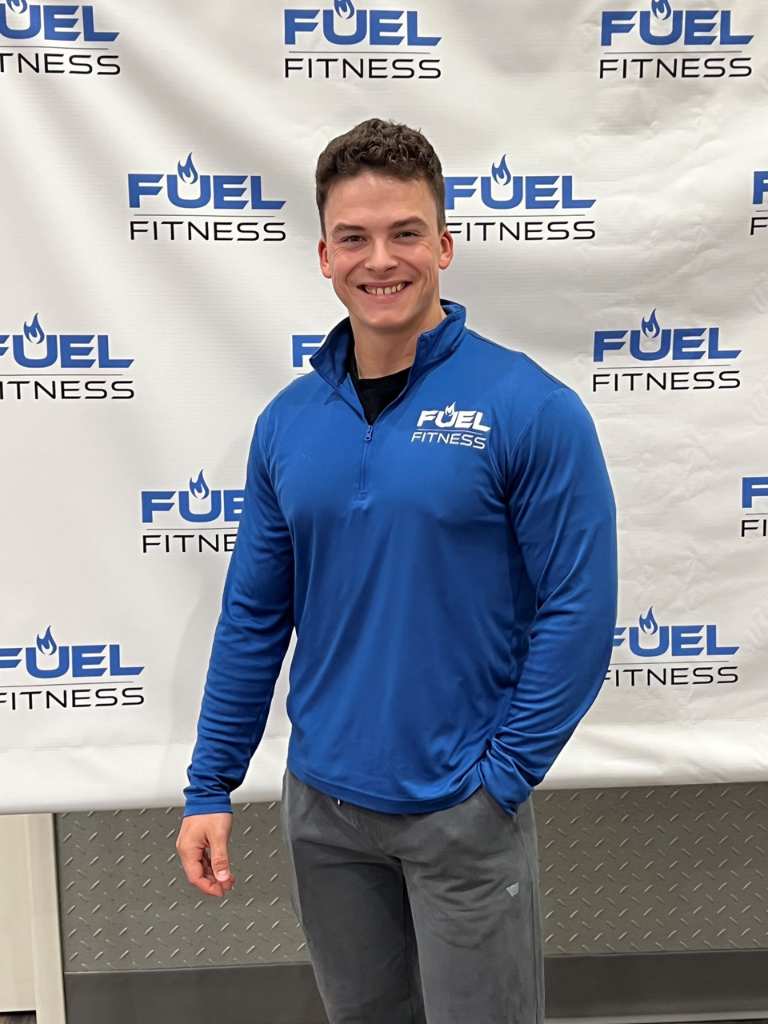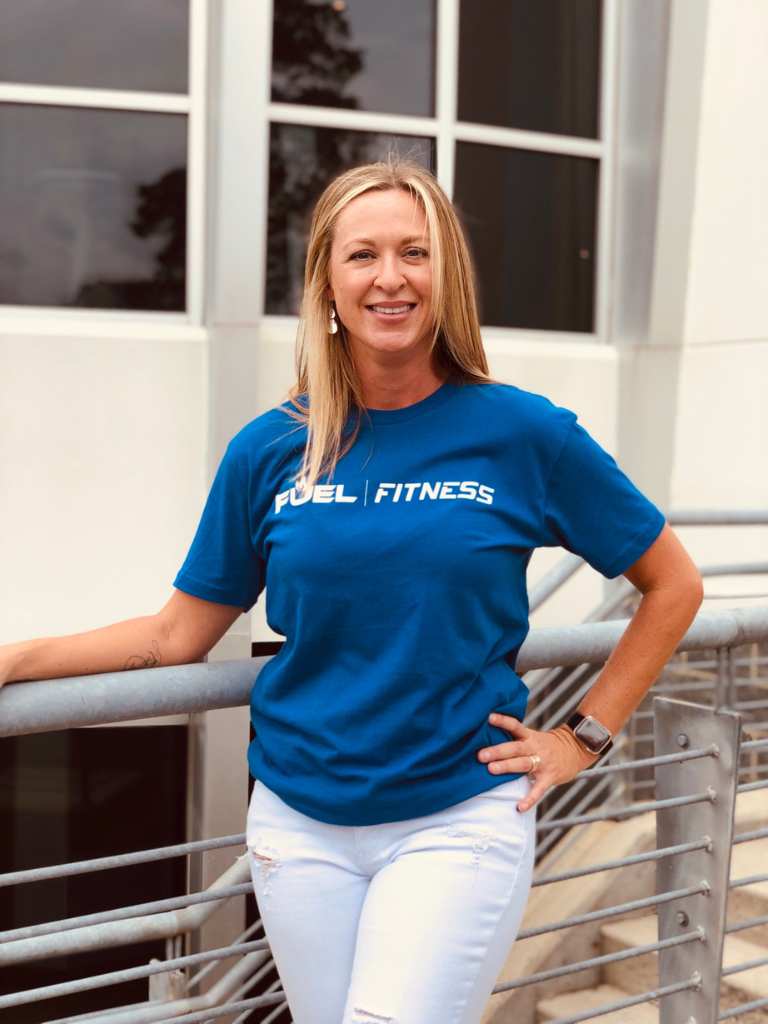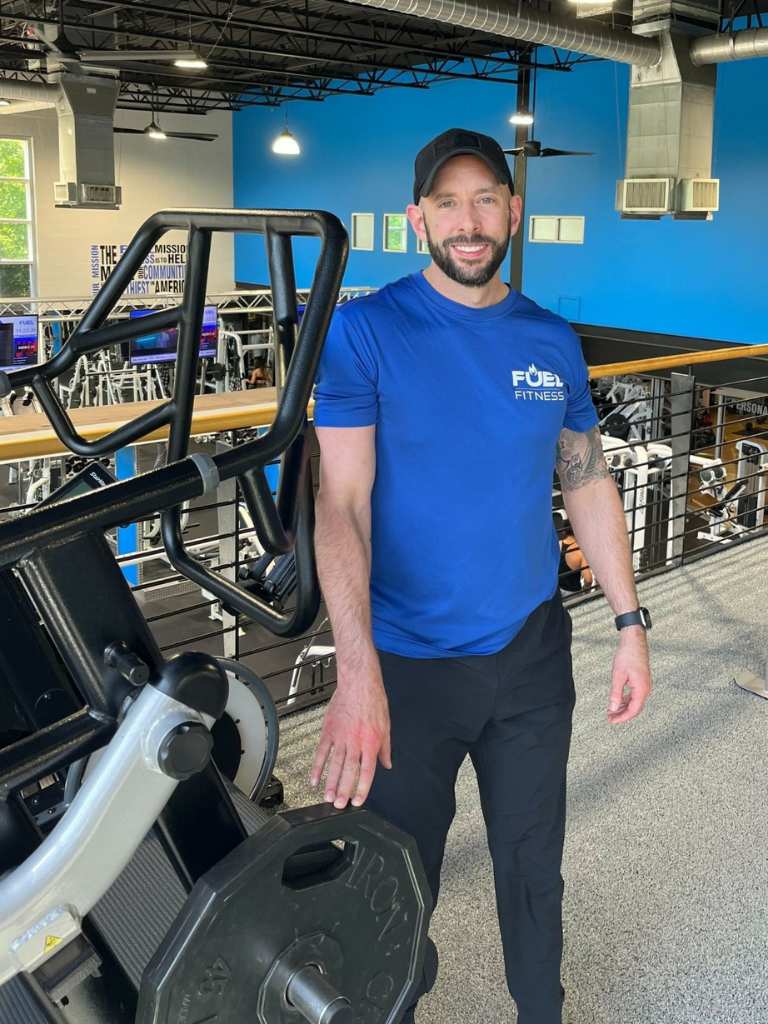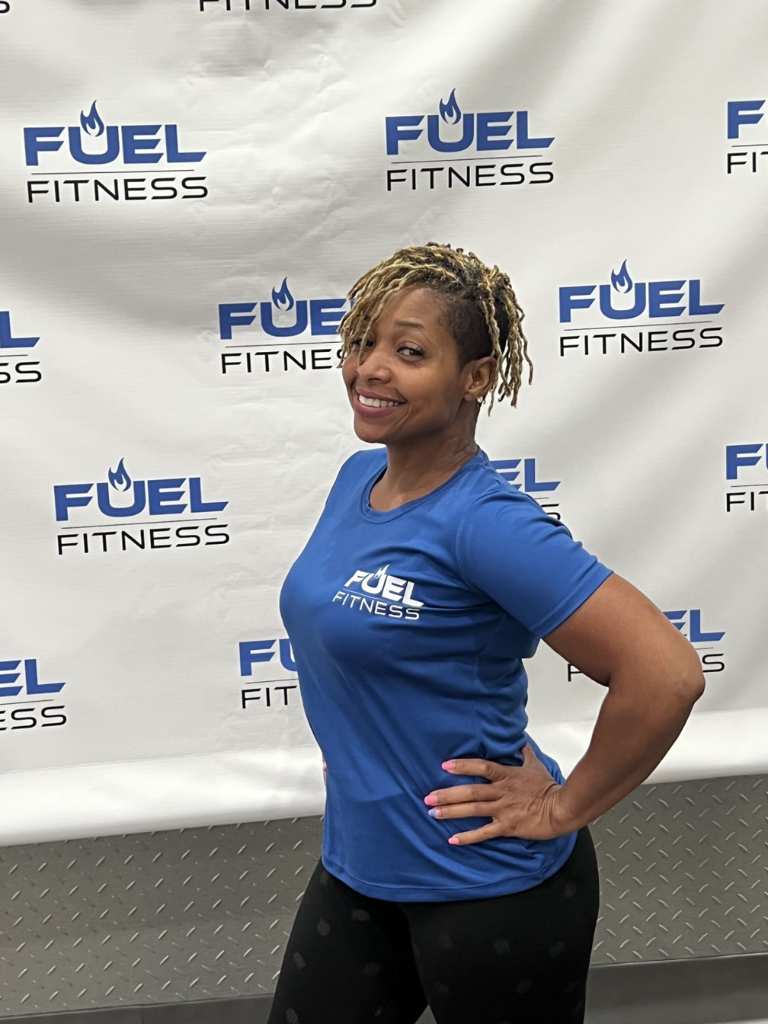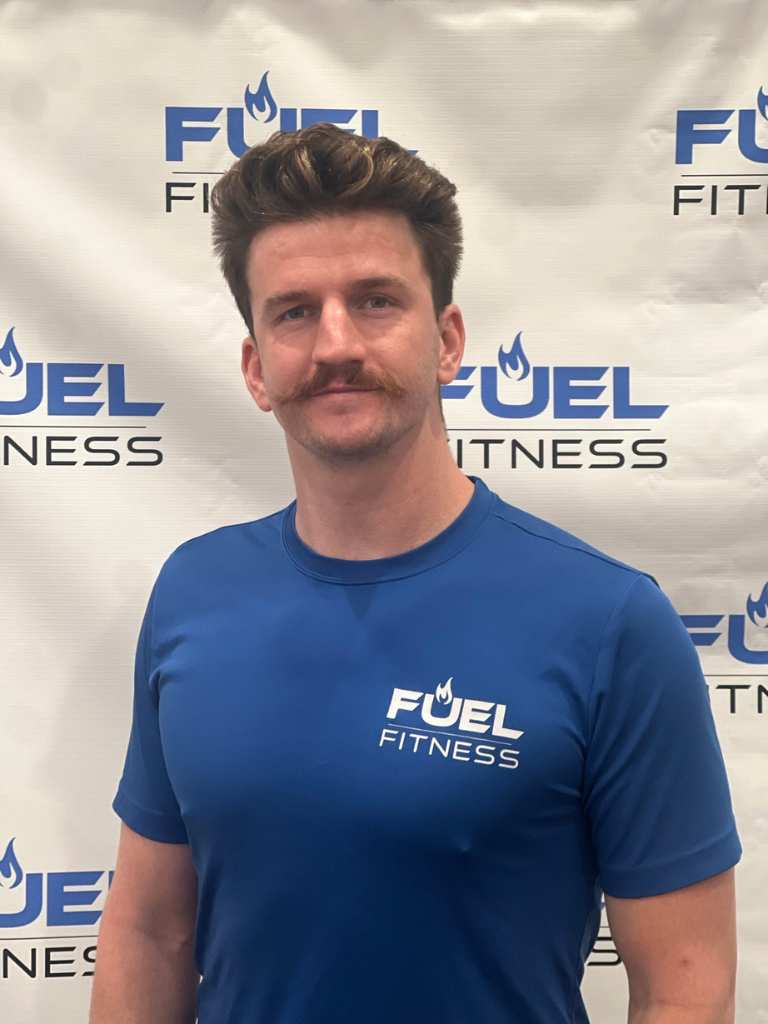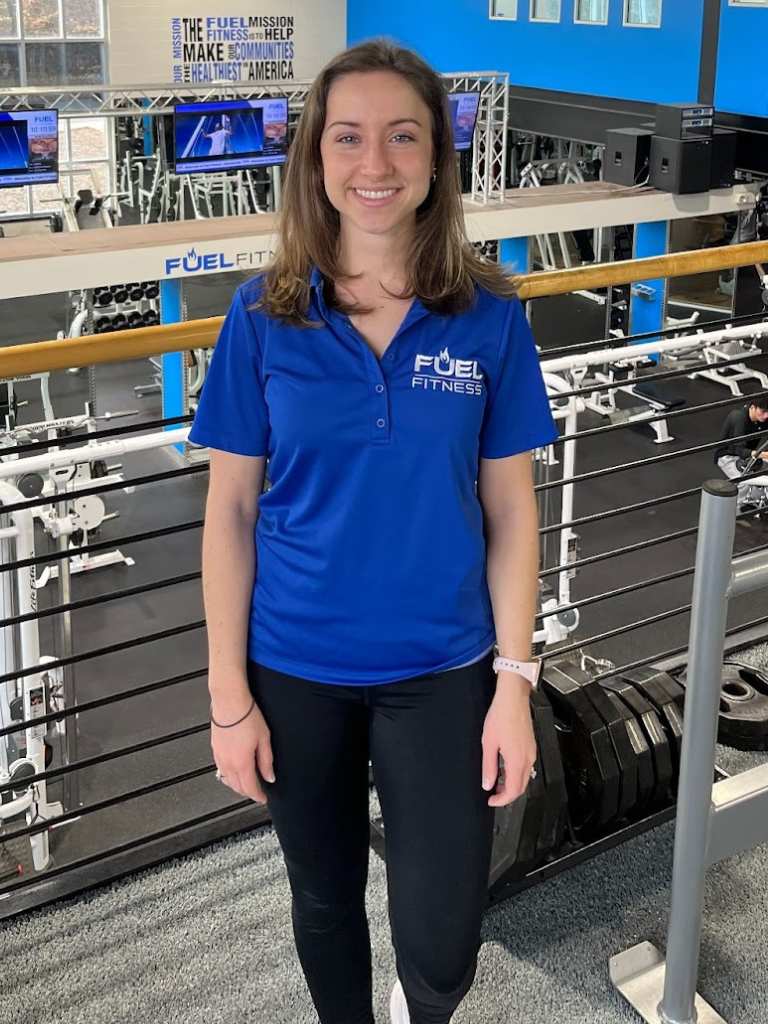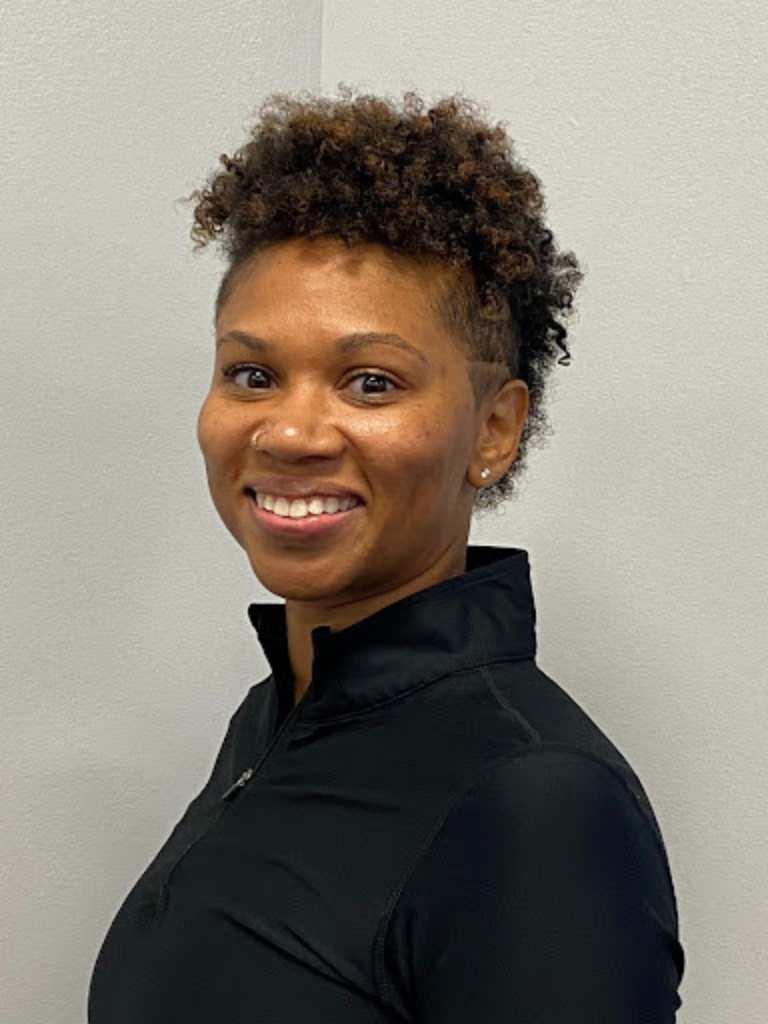Exercise is not just about weight loss or punishment for eating something ”bad”. It’s about improving your health, holistically. But in order to do this, a regular exercise regime can really help.
If you can’t quite figure out the best gym schedule to suit your needs or meet your health goals, here’s our recommendation…
The Benefits of a Diversified Gym Schedule
The human body is pretty darn intelligent. The more time you spend doing the same workouts, the better your body will adapt to this level of exertion. In other words, the human body is designed to reach a plateau if you aren’t challenging it with diversity.
Variety in your workout regime is important in order to grow your level of fitness and avoid plateauing. It’s a great way to keep yourself motivated when it comes to fitness, as the same old workout routine can lead to boredom and a steep decline in your commitment.
Workout diversity includes a mixture of different variations of exercises that challenge different regions of the body. By implementing a healthy workout schedule, you can actually work out every day without injuring yourself. However, it’s important to remember that rest days or rest cycles are as important as your workouts.
The Workout Split System
You may have heard fitness enthusiasts talk about a ”workout split”. Generally, this terminology applies to fitness trainers, bodybuilders, and powerlifters. But today, the term can be applied to almost any workout regime.
A split system focuses on training different regions of the body, on different days. This is usually divided into upper and lower-body training. Sometimes, this can be divided into particular muscle groups, such as quads and glutes, back and biceps, etc. But this is not as common.
A workout split can also range in length from one person to the next. Ultimately, it’s about listening to your own body and understanding what feels good. It’s also about figuring out what fits into the schedule of your life. You want to be able to incorporate a workout schedule that is realistic and maintainable in order to stick to it!
How to Implement a Healthy Five-Day Workout Split
Finding the right gym schedule to suit your health goals is all about balance. Remember that the same workout schedule will not suit everyone, but here’s what a relatively balanced workout regime looks like:
Monday: Upper-Body Strength
You should aim for this session to range between 45-60 minutes, and no longer. Strength training is not everyone’s cup of tea, and the weight or squat rack may look especially daunting to some people. But strength training is super beneficial to your health, bone density and strength, and the creation of lean muscle.
If you’re new to strength training, it’s important to start with light weights and build up from there. Don’t go too heavy from the get-go as this can only lead to muscle strain or injury. Try to switch up your strength training routine every three-four weeks in order to keep building strength.
Tuesday: Lower-Body Strength
Whenever you do a strength training session, you must allow those muscles to rest and recover for at least 48 hours before your work on them again. This is because your muscles develop micro-tears in them and they need time to heal and recover. These microtears and the recovery time allow your muscles to grow and strengthen.
This is why Tuesday is a good day to focus on the lower half of your body for strength training. Try to keep this session between 30-60 minutes in length. Invest in good quality resistance bands to help fire up your leg and glute muscles. And don’t be afraid to up your weights as you gain strength.
Wednesday: Low-Impact Full Body
Now that you have strength trained both your upper and lower body, it’s important to treat yourself gently. Try to engage in something more low-impact as your body recovers, such as swimming, cycling, yoga, or Pilates.
These low-impact days are crucial in allowing your muscles to recover, but it’s still a good way to work up and sweat and burn calories. Make sure these sessions are between 30-60 minutes in duration.
Thursday: High-Intensity Interval Training (HIIT)
HIIT is well-known for its fast, intense pace. These types of workouts are a great way to get your heart rate through the roof and burn calories, too. However, it’s important not to overdo it when it comes to HIIT, as these sessions can be quite stressful on your body. Stick to HIIT sessions that are 20-30 minutes in length, because that’s all you need!
HIIT workouts are also dynamic, exciting, and efficient. They’re a great way to challenge your body and muscles and increase your cardiovascular recovery and fitness.
Friday: Full-Body Strength
Now that your muscles have recovered from their strength training, this is a good day to work on all major muscle groups. Full-body strength days should focus on your quads, hamstrings, glutes, chest, upper back, and core.
Try to incorporate heavier compound movements that engage more than one muscle group at a time. This includes exercises such as hip thrusts, squats, deadlifts, bench presses, and rows. To engage your core, finish with plank variation exercises.
Saturday: LISS or Rest Day
LISS stands for low-intensity steady-state cardio. This is a good time to give your body a rest from heavy weights but still add-in some movement to your day.
Common LISS exercises include walking or hiking at a moderate pace, swimming, or cycling. Otherwise, you could use this day as a complete rest day that does not involve any form of planned exercise.
Sunday: Rest Day
Rest days are incredibly important to the development of your fitness. It may sound odd, but taking time off is just as important as working out. There’s no need to feel guilty about rest days. Overlooking them can actually be more detrimental to your workout routine than anything.
Rest days allow your body to heal and recover. Your muscles get a chance to repair themselves and grow. Rest days also mean you’re less prone to injury and exercise fatigue. Don’t forget to stretch and foam roll on your rest days too.
Sign Up with Fuel Fitness and Get Your Health On-Track
If you’re feeling motivated about this gym schedule and want to make your health a top priority, Fuel Fitness is the facility you need. Based in Mooresville, North Carolina, we offer group classes, personal training, and a well-equipped gym floor to help you meet your fitness goals. Check out our free trial offer and start today!


